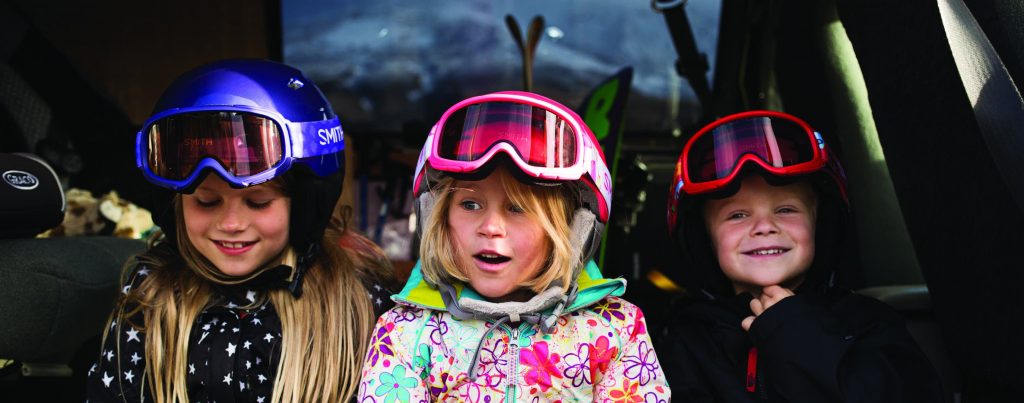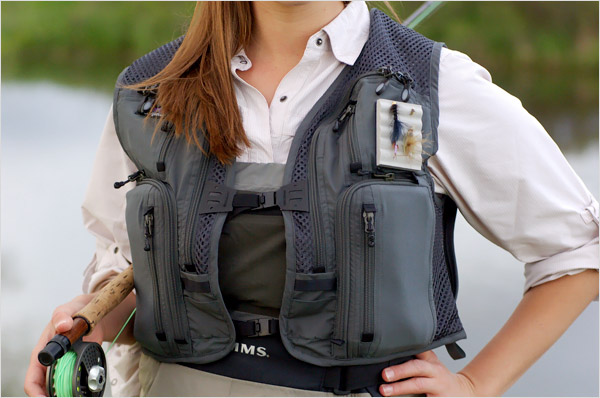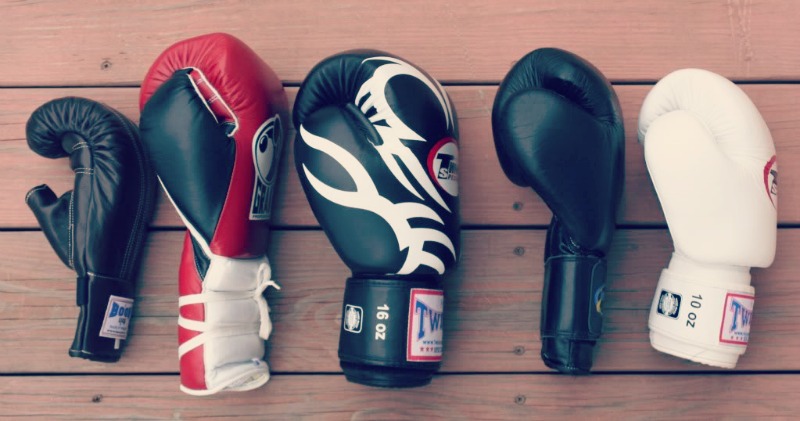Just like summer vacays are needed in summer, winter also has something to offer, and that is the amazing ski terrains. Adventurists and winter lovers would probably agree with the fact that nothing can beat the fresh winter air and adrenaline skiing offers, especially during the sunny, yet cold winter days. And while wearing the right ski/snowboard clothes and boots matters, protecting the eyes from the sun glare is paramount too.

It may sound strange, but at a high altitude, UV rays can be stronger due to the sun’s reflection off the snow being much brighter, which brings about the need for wearing ski goggles or sunglasses. Except for this, ski goggles can also provide great protection from falling snow and chilly wind. This rule applies to both adults and kids, especially for kids, as their eyes are still developing and are much gentler than the adult ones. Speaking of adult and kid ski goggle and sunglasses options, quite often adults find themselves in a situation when they don’t what to choose, especially if they are uninformed regarding the differences between them.
Ski Goggles or Sunglasses?
According to specialists, the choice between ski goggles and sunglasses isn’t that difficult as it mainly depends on the weather and ski conditions. Generally speaking, sunglasses are great for sunny days, however, both adult and kid ski goggle equipment pieces can give better protection and coverage all around the eyes. Unlike sunglasses that can protect the eyes only from the sun, ski goggles can protect them from the wind as well. Since they fit much better than sunglasses, ski goggles can also provide the wearer with better protection when the weather is foggy and snowy. In other words, goggles are a way better option than sunglasses, especially for little kids.

UV Protection
Speaking from another point of view, both goggles and sunglasses offer UV protection in order to protect the eyes of the user from the harmful solar radiation. For adults, specialists recommend choosing sunglasses and ski goggles with a minimum filter category of 3, while for kids, the suitable filter category is 2 as the one of 3 can impede their vision in low light. Except for the UVA protection, these days doctors recommend choosing both sunglasses and ski goggles with UVB and UVC protection.
Lenses
Regardless of whether you’ll get sunglasses or goggles, it is important to get a pair that has polarised lenses in order to reduce the glare from the reflected light on the surface of the snow. Another thing to have in mind is that polarised lenses are not suitable for use in low light as they can make things appear darker than they truly are. Regarding the colour, there is a huge range, out of which the darker ones like dark grey and brown are ideal for bright and sunny conditions. Green, yellow and pink lenses, are great for days when the visibility is poor, while amber lenses are ideal for better depth perception.


















